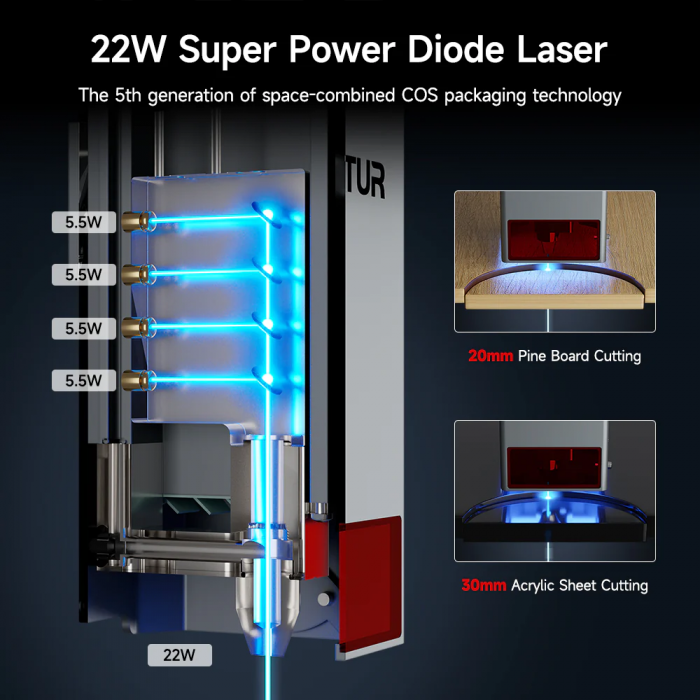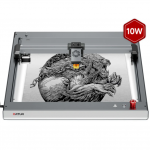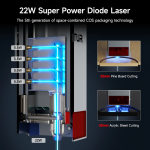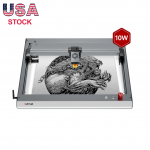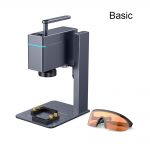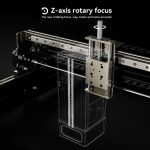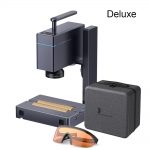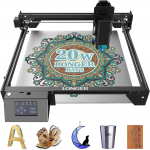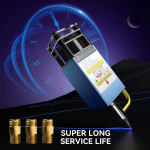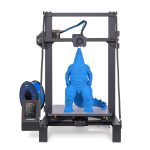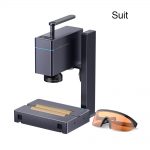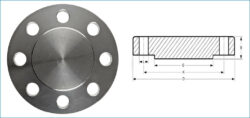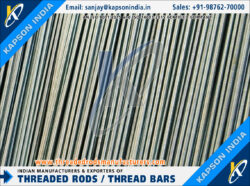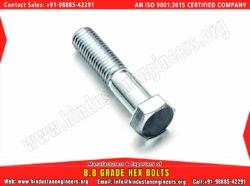Ortur Laser Master 2 Reviews
Preparation for assembly of the Ortur Laser Master 2 15w is very simple. It takes about 15-20 minutes to build, connect and configure before it’s ready for the first cut. Initial results were mediocre at best, but after some experimentation and fine-tuning, the Laser Master 2 changed and proved itself to be very capable.
The Ortur Laser Master 2 15w is by far the cheapest and easiest laser cutter I have used. Packed in a relatively small box with various pre-assembled parts, assembly takes 15 to 20 minutes without any complications or difficulties involved.
Any sort of interface is conspicuously missing, and a constant wired connection to a computer is required for Ortur to work. The connection was easy, and once the competition was up, everything started to look very promising.
You have the simple, then you have the Ortur Laser Master 2. It’s essentially a square frame of extruded tubes bolted together, with the laser module mounted on slides on top. This enables the tool head to perform X- and Y-axis movements within the work area, all controlled by a computer connected to a 32-bit motherboard and two stepper motors.
The design is simple; you have the mechanical hardware, then the control board. The control board has a power socket and a USB port and two buttons for turning the power on or off, but that’s it.
To control and upload files, Ortur needs to be plugged into a computer, Mac, PC or Linux running software compatible with the system.
Since the system is designed around open source design and code, there is plenty of compatible software out there, for this test I used Lasergrbl.
Like many inexpensive fabrication machines, the Ortur requires a constant direct connection to a computer to keep it running while engraving or cutting.
There’s no protective screen, so it’s best not to be in the same room as Ortur when the machine starts up. If yes, then you will need to wear the protective eyewear provided.
A great feature of the Ortur Laser Master 2 is the large engraving area of 400mm x 430mm, which is pretty impressive for a machine in this price range.
While the design is simple, and security doesn’t seem to be a major concern due to the open design, the company has built three neat security features into it.
The first is active positional protection, activated by a built-in gravity sensor. If the machine is struck or moved, the laser is automatically turned off.
Also, if you disconnect the USB for any reason, the laser will stop. Finally, if you manually turn on the laser but don’t move the tool head for any reason, the laser will turn off again after a period of inactivity.
Ortur is simple, but benefits from a powerful 32-bit motherboard. This allows for fast and smooth sculpting, far superior to many 16-bit models. The specifications of the motherboard are based on the STM32 MCU chipset, which can achieve <3000mm/min engraving speed, S0-S1000 laser power, 445+-5nm laser wavelength and 921600 baud rate.
Pixel accuracy defines the quality of a laser cutter, and the Ortur boasts an impressive 300 pixels per inch, or about 0.81 microns.
Open the box, the box itself is relatively small, and the Ortur Laser Master 2 is carefully placed inside. If you have experience building something like this it should take 10-20 minutes, if not then even the most inexperienced person should be able to build it in 30-40 minutes. Aufero laser 2
Once complete, the machine can be plugged into a computer and the software of your choice loaded. In this test, I found Lasergrbl to be by far the easiest software to use.
At this point, the quality of the documentation must be mentioned, like a machine, it’s simple enough yet easy to follow. After the first suggested software, LightBurn didn’t work on Mac or PC, I switched to LaserGRBL, everything was relatively easy on a Windows system. Aufero Laser 1
Download a custom button set and install it into the software, and when the machine is powered on, it’s easy to connect and you’re ready to go.
After checking the configuration and running the first tests, everything seems to be fine. The first laser test using the etch mode worked well, and from a distance the results are impressive considering the price.
After switching to cutting, the power of the laser was immediately apparent, with some fine-tuning of the focus while adjusting the speed, laser power and number of passes. After an hour or two of fine-tuning, I feel the result is as expected.
